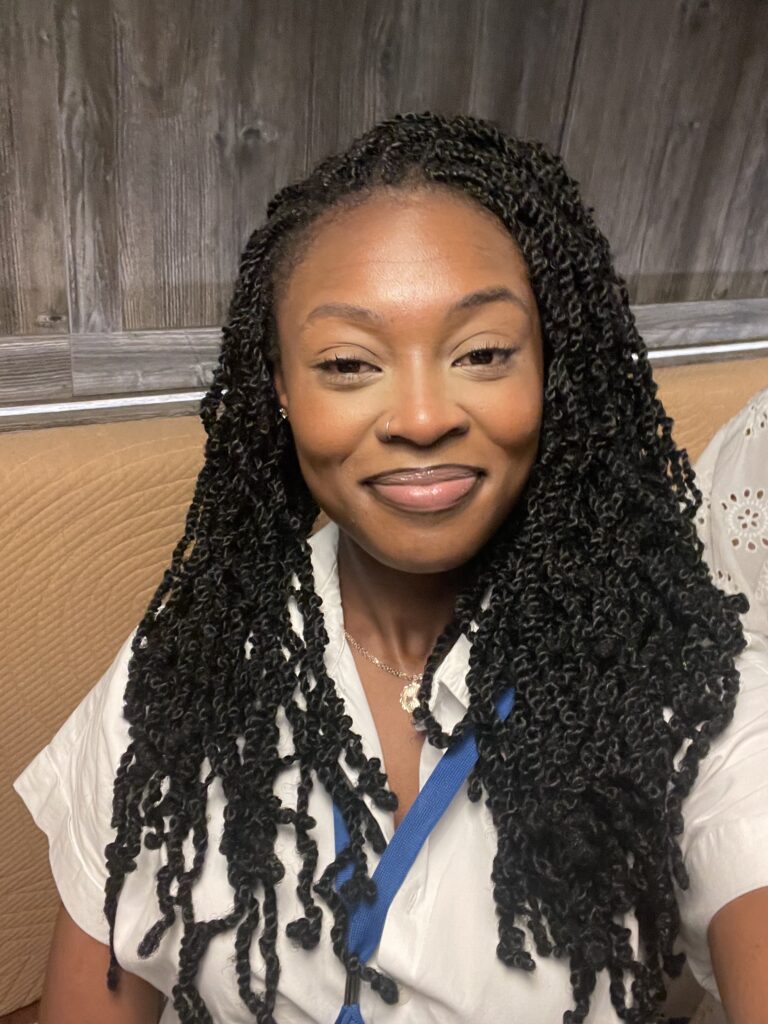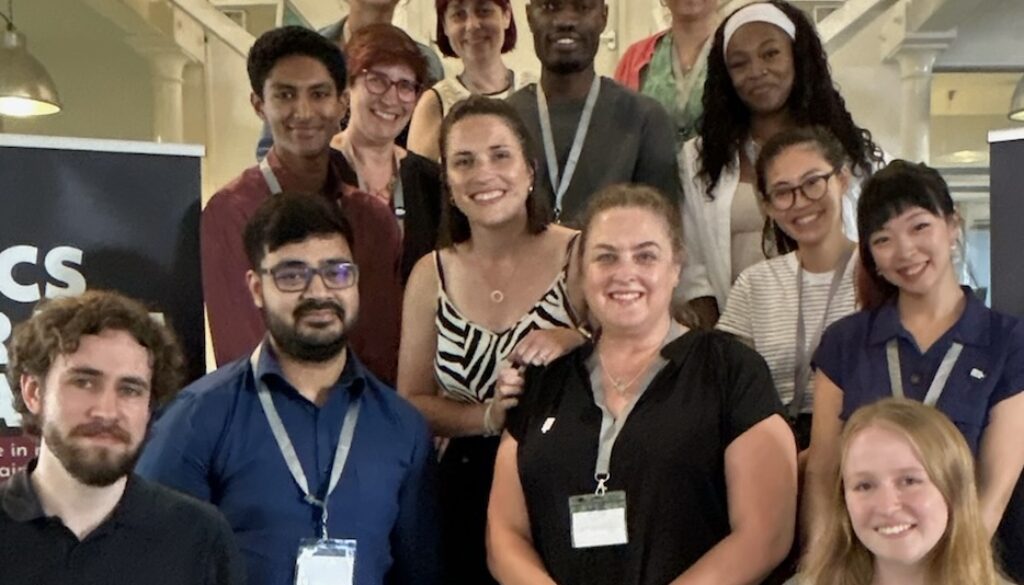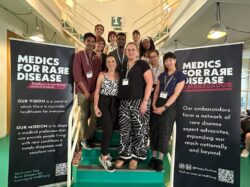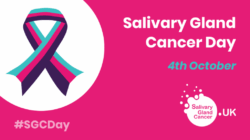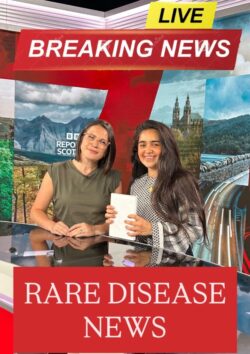Daring to Think Rare: Reflections on My First Year as an Ambassador
It’s the end of my first year as an MfRD Ambassador, and I had the pleasure of celebrating it with the incredible Lunch & Learn!
On arrival, I was greeted by lots of familiar faces I had only seen on a screen before. My initial nerves quickly melted away when I spotted my name on a lanyard, complete with my M4RD Ambassador badge. It was amazing to finally meet so many fellow ambassadors, along with the M4RD team, in person. The warm, welcoming atmosphere made me feel part of a big family and comfortable enough to be the unfiltered version of myself!
Reflections from the year
The Lunch & Learn was a special day dedicated to reflecting on the year’s work, deepening our knowledge of rare disease, and enjoying time together as a community – and this year’s event delivered all that and more.
The morning began with introductions, as ambassadors swapped stories about the past year and celebrated each other’s efforts to raise awareness. Listening to their experiences, I found myself reflecting on the moments that shaped my own ambassador journey – from advocating for a close friend living with Sickle Cell Disease to co-hosting the first Rare Disease Day Seminar at the University of Liverpool. Delivering the Rare 101 talk at the seminar truly gave me a sense of ownership over my ambassador role, as well as the boldness to speak about the importance of rare disease awareness among medical students.
A story that changed my perspective
There were so many lessons I’ll carry forward from the day, but one speaker left a lasting impression: Dan Jeffries, who lives with not one, but two rare conditions. His second diagnosis, acromegaly, came about when medical students recognised the classic features he exhibited – something previous healthcare professionals had missed. This sparked an engaging discussion between me, other student ambassadors, and Dan. We shared how, despite its rarity, acromegaly receives notable attention in our curriculum, a possible reason why so many students spotted it so quickly.
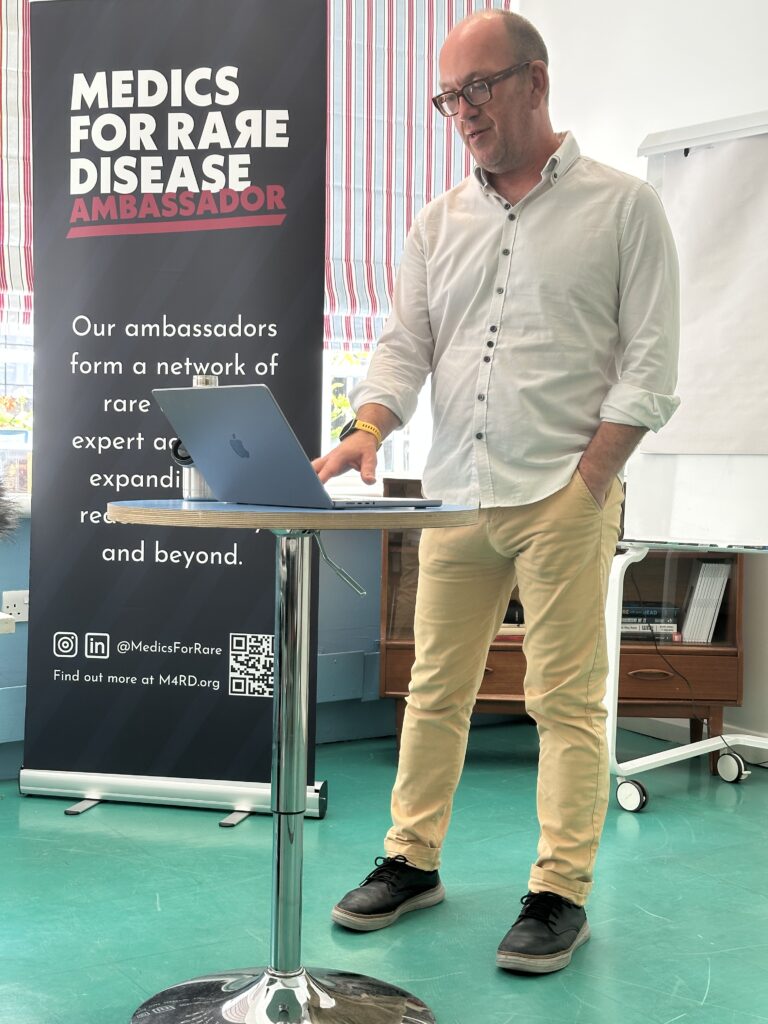
This moment resonated deeply with me. It demonstrated that the barrier is not the provision of knowledge, but the gradual narrowing of thinking over time. In medical school, we’re exposed to a wide range of conditions early on, but as training progresses, the focus shifts towards recognising only the most common. Rare diseases start to fade from our diagnostic thinking.
That’s why it’s so important to “Dare to Think Rare” – to approach every patient with the openness to consider rare diseases as possible diagnoses. It’s a skill student doctors naturally develop, when a wide range of conditions is fresh in our minds, but one that can quietly fade if it’s not consciously preserved.
I’m committed to helping future medical professionals hold on to that skill, and stories like Dan’s leave a lasting impression, as well as shape how we move forward as ambassadors and future clinicians.
Looking ahead: Motivated to make a difference
This year’s Lunch and Learn has left me deeply inspired for the year ahead. The tenacity of medical students spared Dan from potentially devastating outcomes and completely changed the trajectory of his life – inspiring me to do even more.
Dan’s advice stuck with me: ‘Tell the human story, then follow with the facts.’
Through my journey as both a student and an ambassador, I’ve learned that understanding a patient’s story is key to truly seeing their experience and perspective. That understanding translates directly into better care.
The Rare Disease seminar I co-hosted for medical students illustrated this perfectly.
Students could easily recall enough about Sickle Cell Disease or Chiari Malformation to
correctly answer exam questions on the genetic mutations associated with them. However, many had never fully appreciated the impact these conditions have on daily life. Hearing Charlotte and Alicia’s personal stories added that missing dimension – making these conditions not only more memorable, but deeply human.
By exposing future clinicians to more people living with rare diseases, we raise awareness, deepen empathy, and ultimately shorten the diagnostic odyssey when these become the doctors of tomorrow.
The Bigger Picture: Awareness for All
As an ambassador, I’m committed to being a part of the change, inspiring both medical professionals and the wider public to Dare to Think Rare.
Behind every rare disease is a human story that deserves to be seen, heard, and understood.
